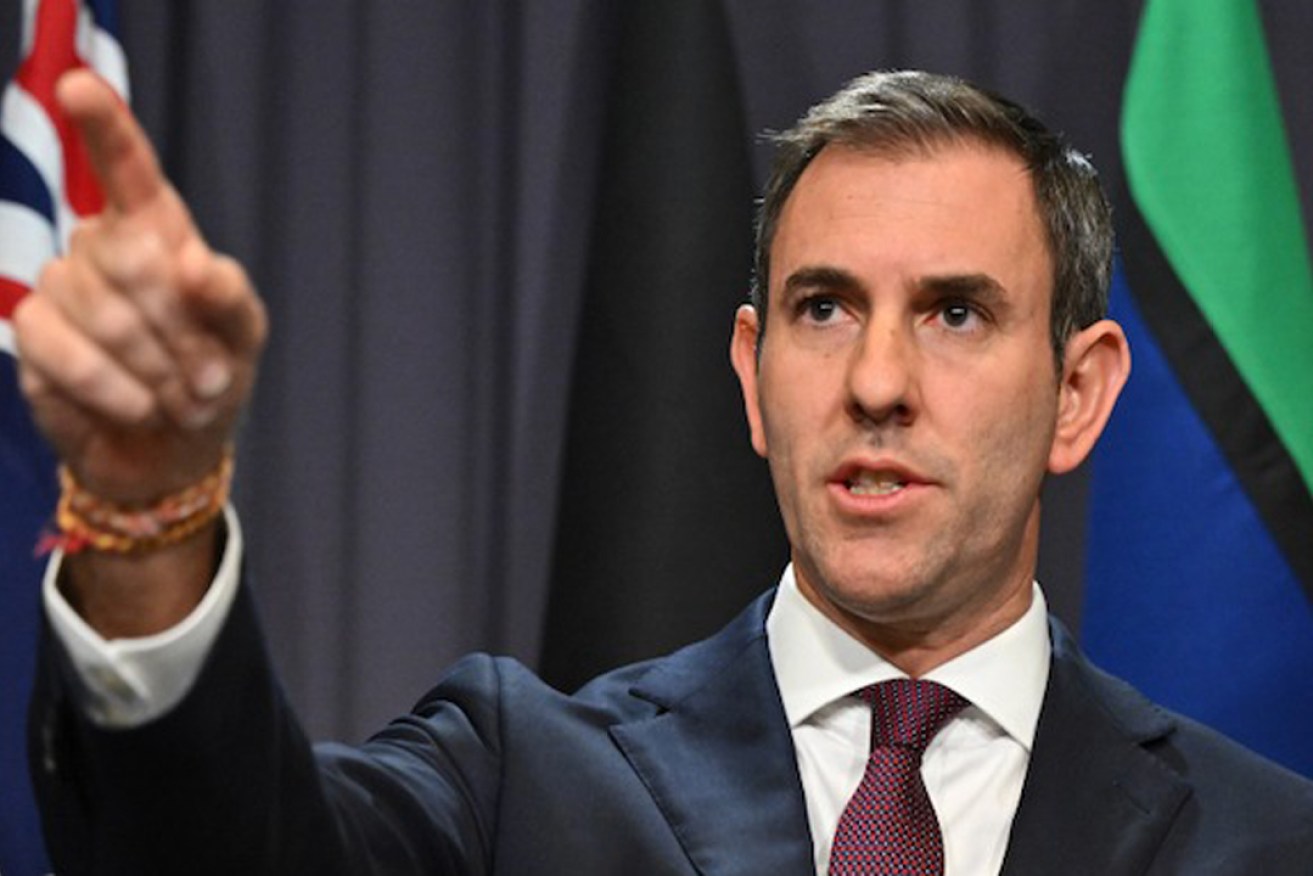Cost of government debt to rise
The cost of paying back interest on government debt is tipped to grow by 14 per cent each year, considerably faster than any of the government’s other big spending areas.

Treasurer Jim Chalmers. Photo: AAP/Mick Tsikas.
The cost of servicing debt has been flagged as one of five key areas of spending ahead of the October 25 budget alongside aged care, disability care, hospitals and defence.
Due to speak at an investment event hosted by the Queensland government on Friday, Treasurer Jim Chalmers will reveal how much more these spending areas are expected to expand.
He says spending on the NDIS will grow by 12.1 per cent each year, hospitals by 6.12 per cent and aged care by five per cent.
Defence spending will grow by 4.4 per cent per year, on average, over the next four years.
The new forecasts have emerged in the wake of three days of expenditure review committee meetings, which is the government’s top budgetary decision-making body and includes the prime minister, treasurer and finance minister.
The government has also downgraded its forecasts for global growth and warns the Australian economy and budget will not be spared from the turbulence.
The treasurer expects global growth to be 0.75 per cent less than anticipated by 2022, and one per cent lower in 2023 than previously forecast.
“The risk of major economy downturns is rising, not receding,” Dr Chalmers will say on Friday.
“And the impact this has on Australia’s economy and budget is hardening, not softening.”
Central banks around the world have been hiking rates aggressively to tame soaring inflation, with many countries facing a real risk of recession.
“Aggressive rate hikes from the Fed in particular, have put pressure on the value of our dollar – and weakness in the currency means that some of the things we buy from overseas become more expensive – making the already hard job of the Reserve Bank of Australia harder.”
However, on Tuesday the RBA became the first major central bank to shift to a slower pace of tightening.
The updated growth predictions will be released in full in the October 25 budget.
-AAP




